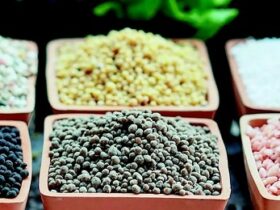The reed stalk consists of an outer cylinder and a central air cavity. The cylinder wall is covered on the outside with a layer of cells with thickened walls, impregnated with a special fatty substance – Kutin forming a cuticle. The cuticle is rich in silica.
The next thick layer of cells behind it consists of mechanical tissue and parenchyma, among which vascular-fiber bundles are scattered. The inner layer of the stem consists of mechanical and parenchymic cells with thin shells. Inside the wall of the stem are covered with a cotton raid.
Reed stems have a significant water absorption. The segments of the stem, dried to an absolutely dry fortress, absorb up to 80% of water in relation to their weight in 24 hours. This cannot but affect the properties of plates made of reed, the water absorption of which, even when the hydrophobizing emulsion is 30-50%.
Sorption of water vapor stems of reed (6%) is slightly smaller than wood (10-11%)- the tensile strength at the internodes in the internodes changes widely (from 700 to 3000 kg/cm2). The weakest sections of the stem are nodes (about 360 kg/cm2).
In its structure, reeds differs from wood. Wood is a solid mass from which leaf -shaped shavings can be made by strictness. Both chips are well moistened with resin. The tubular stem of reeds cannot be turned into leaf -shaped shavings.
In addition, the inner and outer surfaces of the stem differ both in anatomical structure and in properties. If the inner side of the tube is covered with large cells, easily wetted and absorbing water, then the outer surface of the tube covered with a cuticle is very poorly wetted and not glued. So, the strength during the shift of the walls of the tube glued with internal surfaces is about 20 kg/cm2, the internal and outer – 4-10 kg/cm2, and the outer surfaces are zero is zero.
If you have problems with pumping water, then the best option is to use a high -quality compressor, the rental of which in Sochi will be very attractive in price.








Leave a Reply